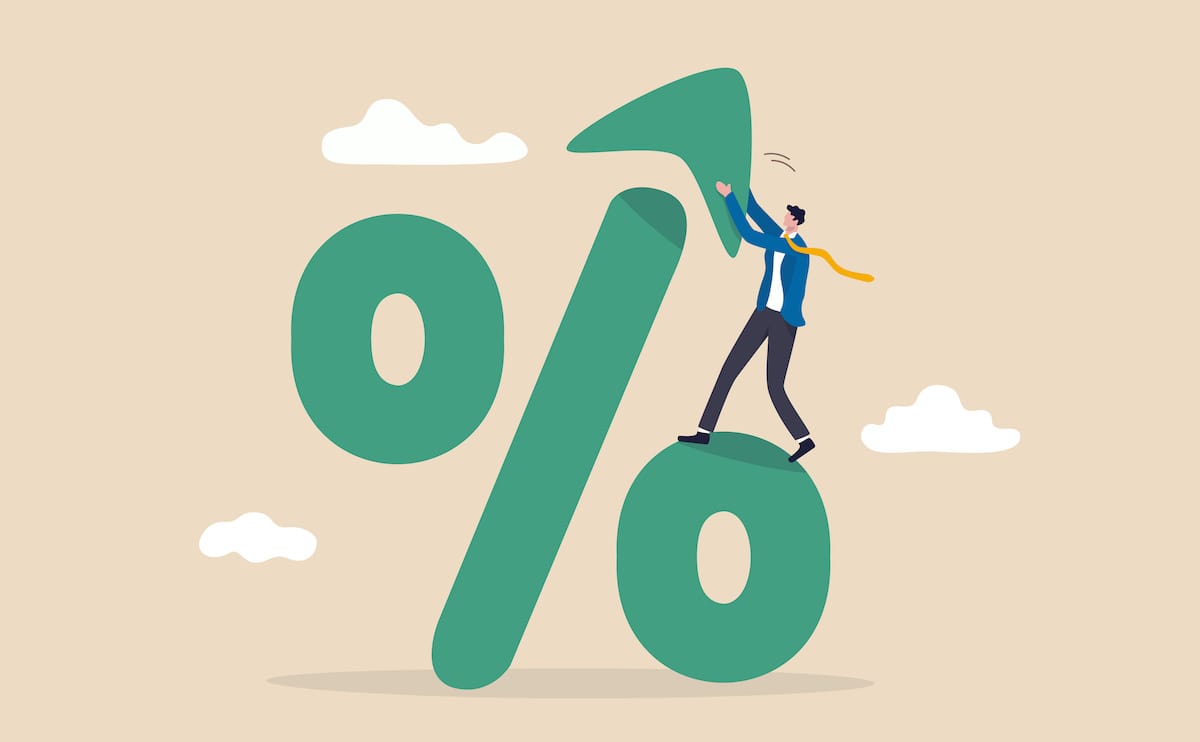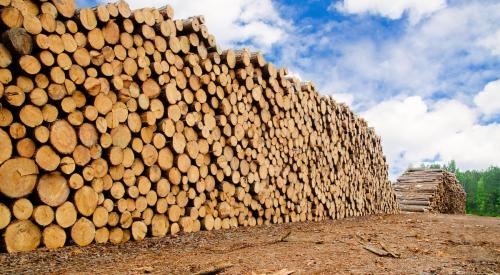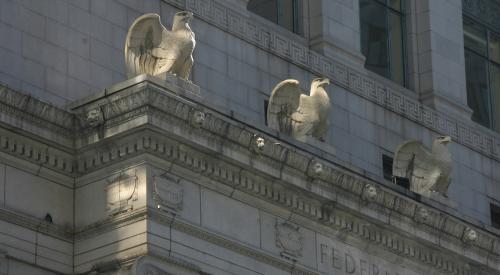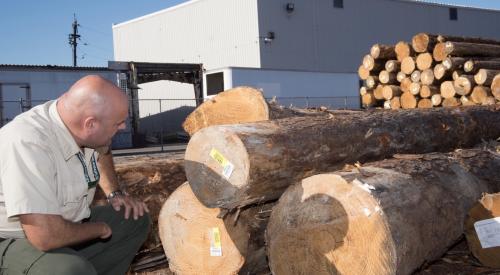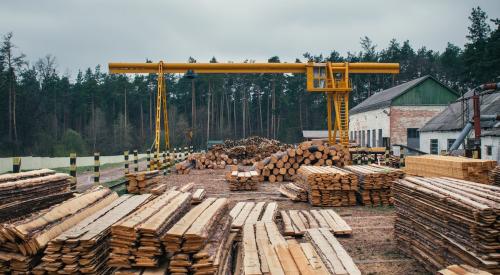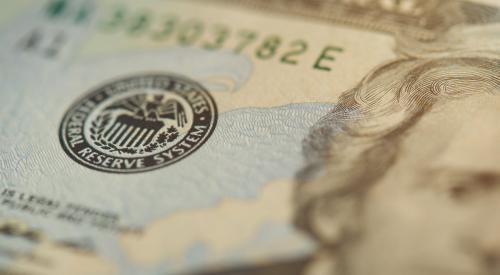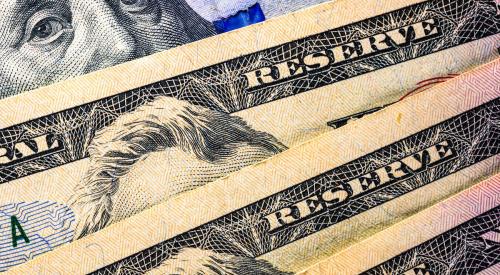In December 2021, the Consumer Price Index recorded a 7% year-over-year gain, the highest in nearly 40 years as a result of pandemic-driven supply-chain issues and a significant increase in government spending, according to NAHBNow. In contrast, the CPI measured an average annual growth rate of just 1.8% during the 2010s.
The NAHB predicts that the Federal Reserve will raise the federal funds rate three times in 2022 and taper asset-backed security purchases at an accelerated pace, which will cause interest rates to rise throughout the year. The second week of January saw a continuation of gains from the previous year as the 10-year Treasury rate rose from 1.4% at the start of December to higher than 1.7% into 2022.
Clearly, these increases highlight the importance of taming building material costs, including lumber prices that are rising yet again and have expanded beyond $1,100 per thousand board feet. New NAHB analysis finds that a key cause behind this price growth is insufficient production. For example, during the third quarter of 2021, domestic sawmill output was 1.3% lower than the third quarter of 2020.
Additional signs of inflation include a tighter labor market and growing wages. According to BLS estimates, job growth in December disappointed: The economy added only 199,000 jobs. Although the unemployment rate fell back to 3.9%, there is some evidence that labor market data are not fully accounting for the growing gig economy.
